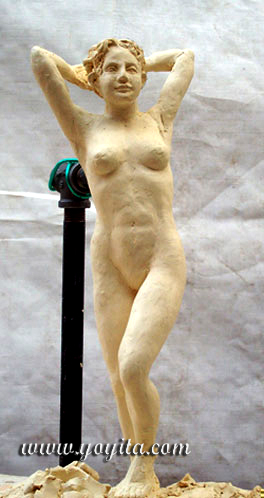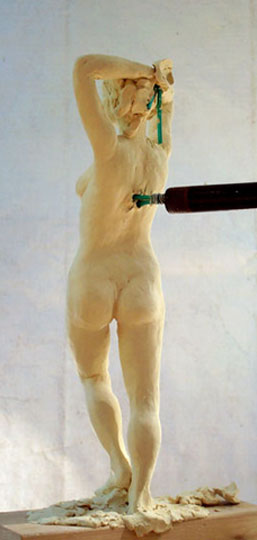
Sculpture, نحت, Escultura, Escultura, Heykəl, Скульптура, Buidhauarei, Skulptura, Kizellañ, Скулптура, Escultura, Socha, Scultura, Cerfluniaeth, Skulptur, Skulptur, Skulptuur, Γλυπτική, Escultura, Skulptarto, Eskulturagintza, مجسمهسازی, Sculpture, Sculture, Dealbhóireacht, Jallooderys, Escultura, 雕刻, 조각, मूर्ति कला, Skulptura, Skulto, Seni patung, Sculptura, Höggmyndalist, Scultura, פיסול, ქანდაკება, Скульптура, Bombwe, Eskultura, Sculptura, Tēlniecība, Skulptūra, Beildhouwkuns, Szobrászat, Вајарство, ശില്പകല, Skultura, نحت, Scultura, Beeldhouwkunst, 彫刻, Scultura, Skulptur, Skulptur, Stchulptuthe, Rzeźba, Γλυπτικήν, Escultura, Sculptură, Ch’iquy, Скульптура, Scultura, Sculpture, Sochárstvo, Kiparstvo, پەیکەرتاشی, Вајарство, Skulptura, Kuvanveisto, Skulptur, Panlililok, சிற்பம், శిల్పం, ประติมากรรม, Heykel, Скульптура, بت تراشی, Điêu khắc, Skulptuur, Iskultura, סקולפטור, Beêldouwkunst, Skolptūra, 雕塑 |
Send this page of prehistoric sculpture to a friend
Prehistoric Sculpture |
|
|||
|
|||
 |
 |
||
| Sculpture Contrapposto | Sculpture Contrapposto | ||
|
|||
Prehistoric sculpture Copyright 1976-2013 Dr. Gloria Norris.
Click
|
Sculpture, نحت, Escultura, Escultura, Heykəl, Скульптура, Buidhauarei, Skulptura, Kizellañ, Скулптура, Escultura, Socha, Scultura, Cerfluniaeth, Skulptur, Skulptur, Skulptuur, Γλυπτική, Escultura, Skulptarto, Eskulturagintza, مجسمهسازی, Sculpture, Sculture, Dealbhóireacht, Jallooderys, Escultura, 雕刻, 조각, मूर्ति कला, Skulptura, Skulto, Seni patung, Sculptura, Höggmyndalist, Scultura, פיסול, ქანდაკება, Скульптура, Bombwe, Eskultura, Sculptura, Tēlniecība, Skulptūra, Beildhouwkuns, Szobrászat, Вајарство, ശില്പകല, Skultura, نحت, Scultura, Beeldhouwkunst, 彫刻, Scultura, Skulptur, Skulptur, Stchulptuthe, Rzeźba, Γλυπτικήν, Escultura, Sculptură, Ch'iquy, Скульптура, Scultura, Sculpture, Sochárstvo, Kiparstvo, پەیکەرتاشی, Вајарство, Skulptura, Kuvanveisto, Skulptur, Panlililok, சிற்பம், శిల్పం, ประติมากรรม, Heykel, Скульптура, بت تراشی, Điêu khắc, Skulptuur, Iskultura, סקולפטור, Beêldouwkunst, Skolptūra, 雕塑 |